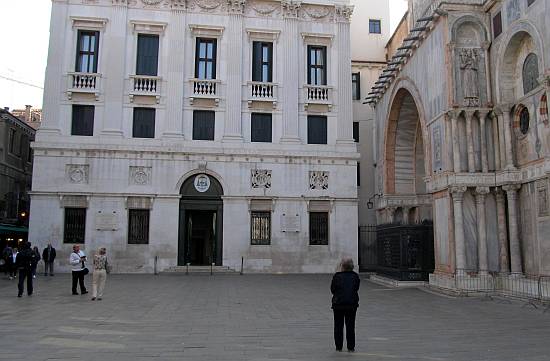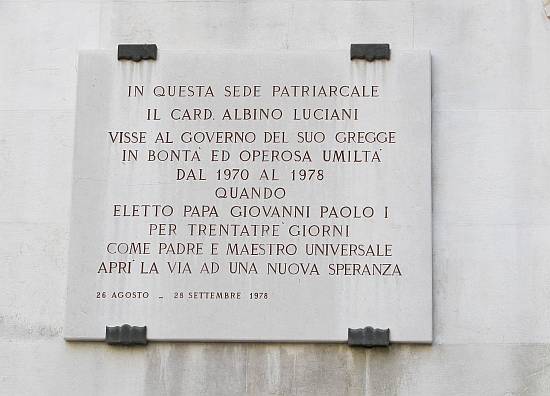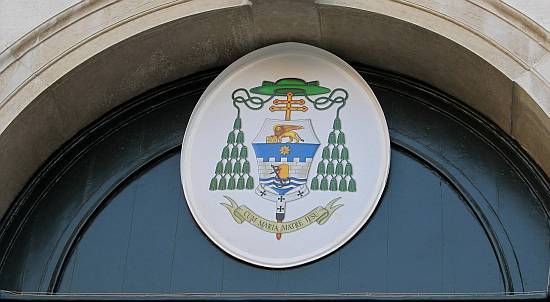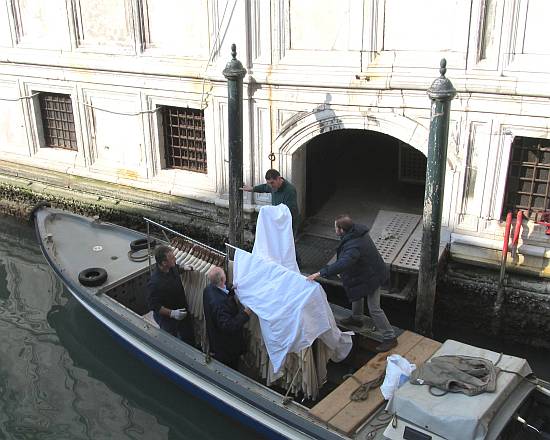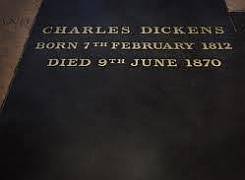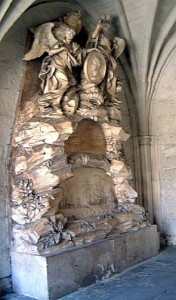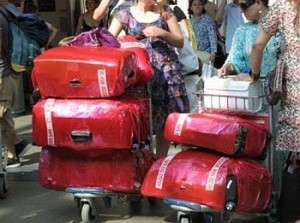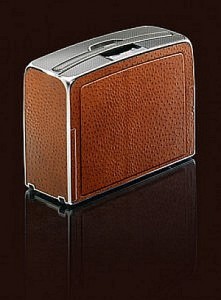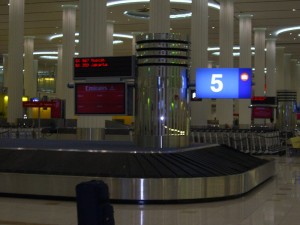Zwingle’s Eighth Law states “The bigger your memorial, the less people remember who you were.” A wander around Westminster Abbey shines a blinding light on that truth. A black marble slab for Charles Dickens, a white marble meringue for James Cornewall.
In case anyone was wondering if there might be any memorials to the three patriarchs of Venice who became pope, the answer is yes. But you might not notice them, and if you did, you might not quite grasp who they were. Especially if the inscription is in Latin (grrr).
Trivia alert: Venetians refer to popes, especially the three that touched Venice, by their civilian last names, not their formal papal names. Also, the word for “pope” in Italian is papa (PAH-pah.) The nickname for your daddy is the same word, pronounced pah-PAH. If you mix them up, people will think the pope is your father.
Pope Pius X, “Papa Sarto,” was deeply moved on leaving Venice to go to Rome for the conclave of cardinals meeting to elect the successor to Pope Leo XIII. The throng which came to see him off at the station was exhibiting what we’d call intense separation anxiety. He reassured them by promising that he would return, whether alive or dead. Yes, he said those words. He was elected pope, and though he lived another 11 years, he never made it back. He died in 1914.
In 1959, Pope John XXIII (just coming up in our chronicle) — who knew of this unfulfilled promise — arranged for Sarto’s casket to be disinterred, organized a special train which left, in those days, from a station within the Vatican, and sent him back to Venice. The body lay in state in the basilica of San Marco for a month, then was returned by special train to the Vatican. Promise kept.
Footnote: Lino remembers the day the train arrived, not because he was present, but because all the employees of the Aeronavali, which maintained and repaired airplanes at Nicelli airport on the Lido, were taken in a bus to see where the new Marco Polo airport was going to be built on the mainland. The sacred and the profane just keep on running into each other.
Of the three papal memorials here, that of Saint Pius X is the most impressive by weight, but the least impressive by location: at the head of the Ponte della Liberta’ by Piazzale Roma, next to the Agip gas station. Lino says it’s because he’s there to guard the gate to the city. There may well be more to it than that, but I haven’t taken the time to root it out. That could be a project for my old age.
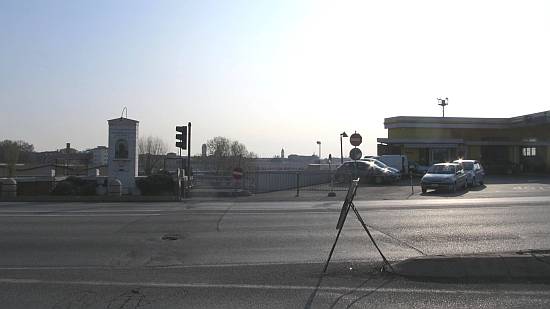
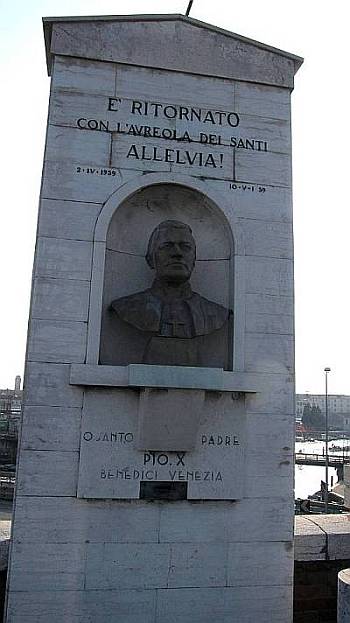
Pope John XXIII, Papa Roncalli, or “The Good Pope,” was known as a saint by anyone who ever met him, at least here in Venice. The beatification details that made it official were just extra.
Lino had two encounters with him. One was by surprise, crossing the patriarch’s path as he left the basilica of the Salute. Lino was strolling with his girlfriend, and Roncalli stopped to say hello. “Are you two engaged?” he asked in a friendly, if generic, way. “Yes, Your Eminence” — Lino repeats this in a tiny abashed voice. “Love each other,” he said, patting each of them on the cheek. Evidently his charisma marked this little event in a powerful way, because on paper it looks like nothing.
The second encounter was at the airport, where Lino worked as an airplane mechanic. Patriarch Roncalli came to celebrate mass there for the workers, and he was lacking an altarboy to assist him. Lino volunteered.
My favorite bit of Roncalli lore is the nickname the gondoliers gave him: “Nane Schedina,” or Jack the Lottery Ticket. When he chose the name John XXIII, to the wags at the Molo stazio the Roman numerals looked like the pattern of the numbers on a lottery ticket.
If you needed any further evidence of his qualities as a patriarch/pope/human being, the nickname says it all. Gondoliers bestow them spontaneously, and only when they really want to. In fact, if there is any category which comes equipped with a built-in automatic crap detector, as Hemingway put it, it would be the gondoliers. The fact that Roncalli would sometimes walk over to the Molo to say hello, and even sometimes take them up on their offer of going to get a glass of wine at the nearby bar, obviously had something to do with their feeling for him. He’d play cards with the staff in the evening, too. Not with the majordomo, with the cook and the cleaning ladies.
He’s the only patriarch of the three that has two memorials. That doesn’t earn him any bonus points, I merely mention it.
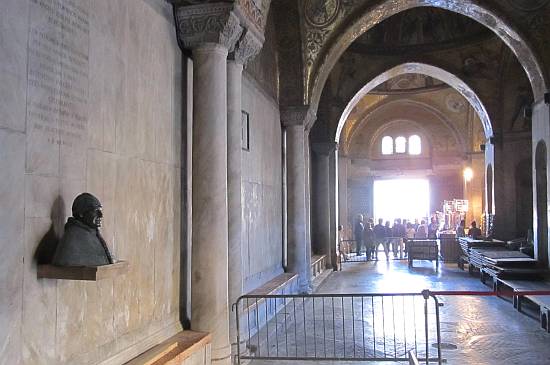

Pope John Paul I, “Papa Luciani,” was smaller and, it turns out, more frail than his two patriarchal predecessors. But Venetians loved him, and not just because he came from the mountains just up the road. In his mere 33 days on the throne of St. Peter he earned the sobriquet “The Smiling Pope.” Venetians already knew that.
So far, no bust of him has been made, or if so, placed anywhere a human can see it. But he is remains an extremely tough act to follow, as his successors have amply demonstrated.
